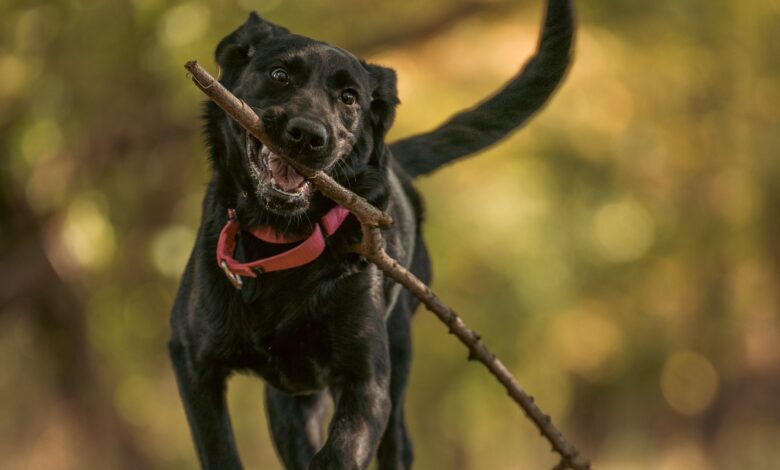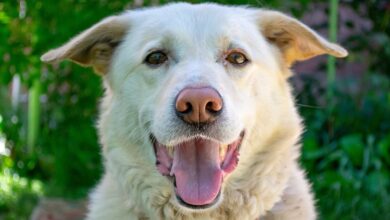Doggy Hay Fever – How to Alleviate Symptoms
A higher pollen count has been issued for this season

Pet owners are being urged to look out for dog hay fever symptoms as the Met Office predicts a higher pollen count for this hay fever season.
The canine experts at Years.com have outlined common hay fever symptoms for dogs and have provided helpful tips on how to alleviate them.
Just like humans, dogs can suffer from hay fever, and with forecasts suggesting tree pollen is going to be worse this year compared to last, it’s important for pet owners to be aware of the symptoms and know how to help their pups.
Common symptoms pet owners can spot include frequent sneezing, excessive itching, runny nose and irritated eyes.
Dogs can also develop a skin rash on their paws or face without the typical human symptoms like sneezing or a runny nose.
Vets can prescribe nasal sprays, eye drops and topical treatment to help alleviate hay fever symptoms, but there are also things dog owners can do to minimise their pet’s exposure to pollen.
It’s recommended to go for walks early in the morning and during the evening when pollen count is lower or avoid grassy areas when walking during the day.
Other things that can help are grooming and bathing dogs more often during hay fever season, frequently washing their beds and keeping the grass cut short in the garden.
Darren Beale, CEO of Years.com said: “Dogs can suffer from hay fever just like humans, and with pollen levels expected to be higher this year, it’s crucial for pet owners to be aware of the signs and take action to keep their four-legged friends comfortable.
“Dogs can experience similar symptoms to humans – such as runny nose, watery eyes and sneezing, but some may only develop a skin rash which can be easily overlooked.
“If you suspect your dog is suffering from hay fever, make sure to pay a visit to the vet who can assign the proper treatment.
“There are also simple steps you can take to reduce the symptoms and help your dog enjoy the warmer months without discomfort.
“Adjusting your walk times so you’re avoiding going out during midday when pollen count is at its highest, keeping the grass trimmed short in your garden and frequent grooming can all help to limit exposure to pollen.”
Here are five tips on how pet owners can help alleviate their dogs’ hay fever symptoms:
1. Adjust walking times
Pollen levels are typically lower in the early morning and late evening, so try to walk your dog during these times to reduce their exposure. Avoid midday walks when pollen count is at its highest.
2. Avoid grassy areas
If you do need to take your dog on a walk during midday, make sure to avoid areas with lots of grass and wildflowers as they’re pollen hotspots and can worsen symptoms. It’s better to opt for paved paths where pollen exposure is lower.
3. Groom and bathe dogs more often
Make sure to wipe down your dog’s coat and paws after they’ve been outside. You should also groom and bathe them more often during hay fever season to remove pollen from their fur and skin.
4. Wash dog beds frequently
Pollen can transfer from your dog’s fur to their bedding, leading to ongoing exposure. Washing their bed, blankets and soft toys regularly can help alleviate symptoms.
5. Keep grass trimmed short in the garden
Regular mowing helps prevent pollen release and keeps grass short, minimising your dog’s exposure while they play in the garden.






